Are You a Photo Cook or a Chef?
I’m a member of numerous photography related groups on Facebook. Some of them are mainly places to post photographs so the photographers can show off a little. But others are more instructional. In some of these, the photos are posted with the implied invitation for criticism from other members of the group. These suggestions can range from composition, exposure, as well as processing suggestions. If you take the suggestions with a grain of salt, some of these groups can be very educational and helpful. Since there is a wide range of experience and abilities within these groups, the suggestions that you may receive also have a wide range of reliability.
Criticism of one’s work is a vital step in the process of improving. That holds true no matter what endeavor you may be talking about. I find it particularly true with photography.
One almost amusing comment appears rather frequently in regard to processing. There are a surprising number of “purists” who may loudly proclaim that they do all of their adjustments “in camera”. In other words, they are perfectly content to allow the camera to determine its own output. To them, anything done to a photo after it comes out of the camera is manipulation and in some opinions, cheating.
Now, that doesn’t mean that they keep their camera settings on Program or Automatic. They use settings that require the photographer’s input such as shooting on Aperture Priority or Shutter Priority or, even Manual as well as using the Exposure Compensation dial.
By doing so, they usually can get perfectly acceptable pictures for modern digital cameras are quite “smart”. As long as the situation is reasonable, the programming inside of the digital camera is usually quite capable of getting at least decent picture.
However, there are definite flaws in this approach.
No matter how good the camera is or how good the programming is that determines exposure and focus, it simply cannot record a scene with the same levels of contrast, color, and even focus, as a human eye. The camera is definitely limited in scope compared to the eye. In other words, the camera does not “see” what the eye can see.
In a sense, this is not all that different from a cook who takes a recipe and then follows it to the letter. Most of the time, they are going to end up with an adequate dish for the result from the recipe is based upon “programming”. The combination of the ingredients in exact proportions and cooked at this temperature for that long yields the same results. There is nothing wrong with this approach for the results are “acceptable”. Friends and relatives will rave about how good that dish may be or, in our instance, what a good picture it is. In these cases, average results can be very good.
There is a difference between a cook and a chef, just like there’s a difference between a picture taker and a photographer.
A photographer is going to do his best to use the camera for the best results he can manage. In many cases, he will use the same identical settings as the picture taker. Neither are likely to use Automatic or Program. Some very serious photographers are predisposed to using Manual, but not all. Regardless of settings, they do everything they can to obtain the best photo the camera can produce with their input.
Here is the difference between a cook and a chef. A chef is not going to accept the limitations of a programmed recipe. They may start with the recipe but they will do everything that they can to make it better. By “better”, I mean they may add a different ingredient or remove one or change the amounts. They may change a preparation step, cook longer, or make any other number of changes with the intention of making the final product to be much better. This is based on their experience as a cook for they are not satisfied with “average”. The photographer will aim more towards what their eye saw or, in some cases, correct flaws such as dark spots, light spots, color shifts, and other changes based on their experience to produce a much better image.
That doesn’t mean the photographer is going to alter the image and make it something that it was not. For the most part, it merely means making sure that the photograph has the range of colors, light, focus, and composition that makes it look its best. While there can be an artistic input in this process, that is probably the exception more than the rule.
Let me speak for my own actions in this regard. To do so I am going to have to use a bad word. That word is Photoshop. These days, Photoshop or the adverb “Photoshopped” is held with negative connotations in regard to normal photography. When someone says a photograph has been Photoshopped, the implication is that it has been manipulated and is no longer a true rendition of the subject. While this is done with some photographs, this is not the true for basic use of Photoshop. Most photographers, use Photoshop as a development tool — much like we all used to do in the darkroom.
In the darkroom, we took a negative and then used that to produce a photograph on paper. This was done by shining a light through the negative (using an enlarger). Then the paper was run through various chemicals to “fix” the image turning it into a photograph. In almost all cases, that meant using various techniques to make sure the exposure was correct, make sure the colors were correct, and to fix any overly light or dark places.
Advanced photographers often had their own darkroom. The darkroom was a major step up from processing your film at the local drugstore. At the local drugstore, your film was run through an automated process that produced a decent photograph but there were no adjustments. Everything was based upon settings that took the average value for light, color, focus, etc. Basically, this is the same type of output that you get from your digital camera without any other processing.
In today’s digital photography world, the photographer will run his images through processing software. For most professionals, this means using either Photoshop or Lightroom, a variant of Photoshop that was created just for photographers. Processing software allows the photographer to make the adjustments to create a photograph that is more like what the photographer saw or to reflect the photographer’s vision of the same or subject. This is the exact same process that was done with film in the darkroom.
That doesn’t mean that it was manipulated to be something else. It was just meant to be a better rendition of what the digital camera recorded. This is actually how photography has always worked.
Ansel Adams is widely recognized as one of the premier photographers of all times. His photographs are simply stunning. He was a master of his camera and worked hard to fine-tune his camera and the settings he used to produce a superior negative. His method for determining the perfect settings for his camera is still talked about today by those who still favor black and white photography. It is known as Zone Photography and features a method of determining the best settings for his camera, as well as, his darkroom techniques. With these settings, he produced the best negative that his camera was capable of producing. This is much like what modern digital cameras now do with some level of success, even on its automatic or program settings. However, this was not what created his stunning photographs. His beautiful photographs were processed in the darkroom so that the resulting photograph reached its full potential. He was a master at burning and dodging to allow a tremendous range of light in his photographs.
To see exactly what I’m talking about here, Google “Moonrise, Hernandez New Mexico”. There are several videos that show the process that he went through to make this photograph, one of his best-known. You will be astounded by the steps that he went through and what he had to do to create this incredible photograph.
While digital photography is a vast improvement over film photography in most ways, it does still overlap in many areas and the need to process the initial result from the camera is one of the most important. If you want to be a great cook or a chef, you can’t expect the dish you create to be amazing if you mere follow a recipe and accept what it produces. It is the same with becoming a photographer. You have to create the best photos that you can, in the camera, and then there is a process of adjusting those results to create the beautiful photograph that you saw in your mind’s eye as you pressed the shutter button.
That is the difference between a cook and a chef or between a picture taker and a photographer. Which are you? Which do you want to be?
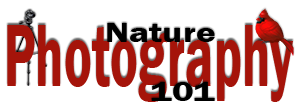
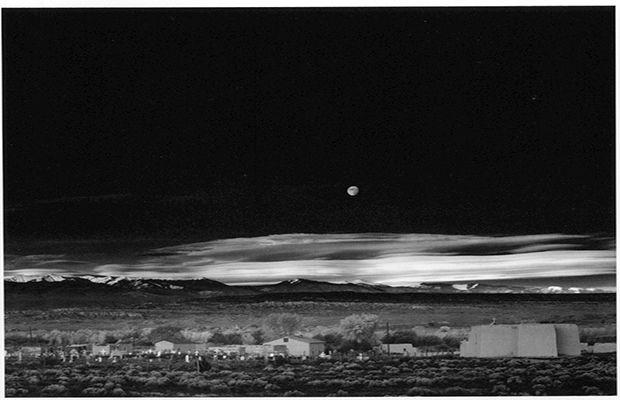
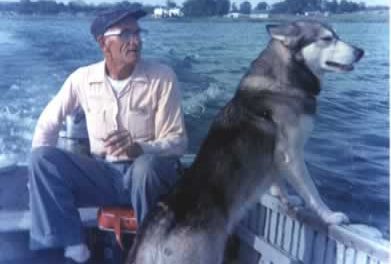
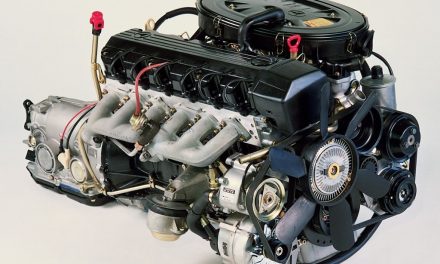
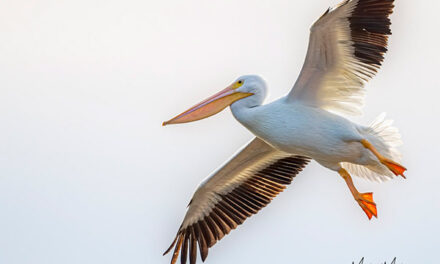
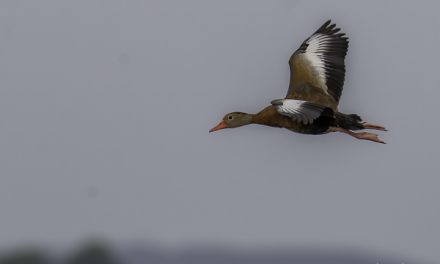
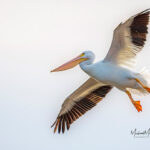
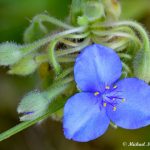
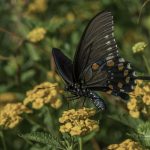
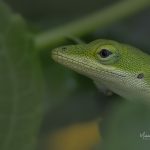
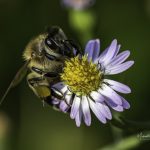
Recent Comments